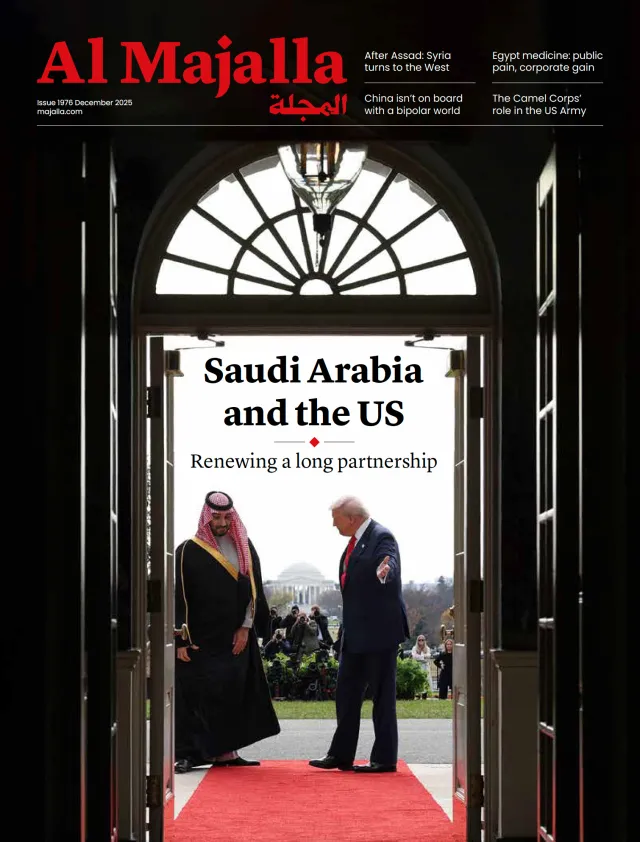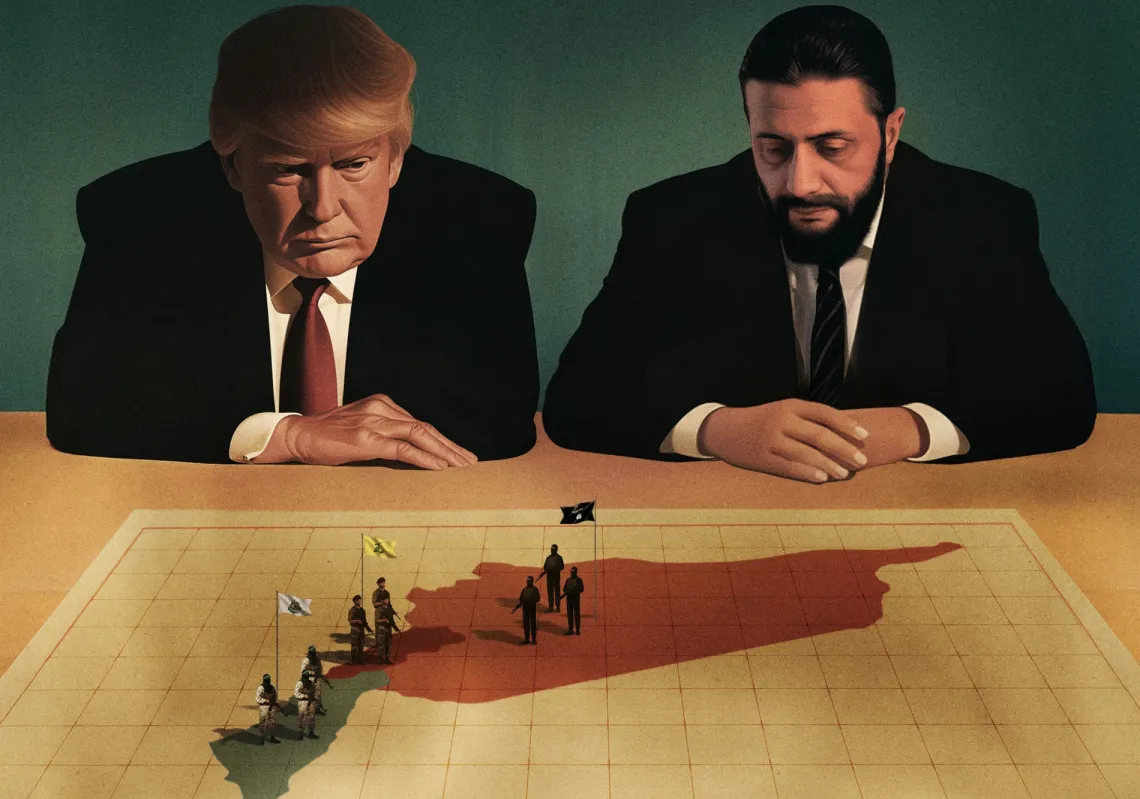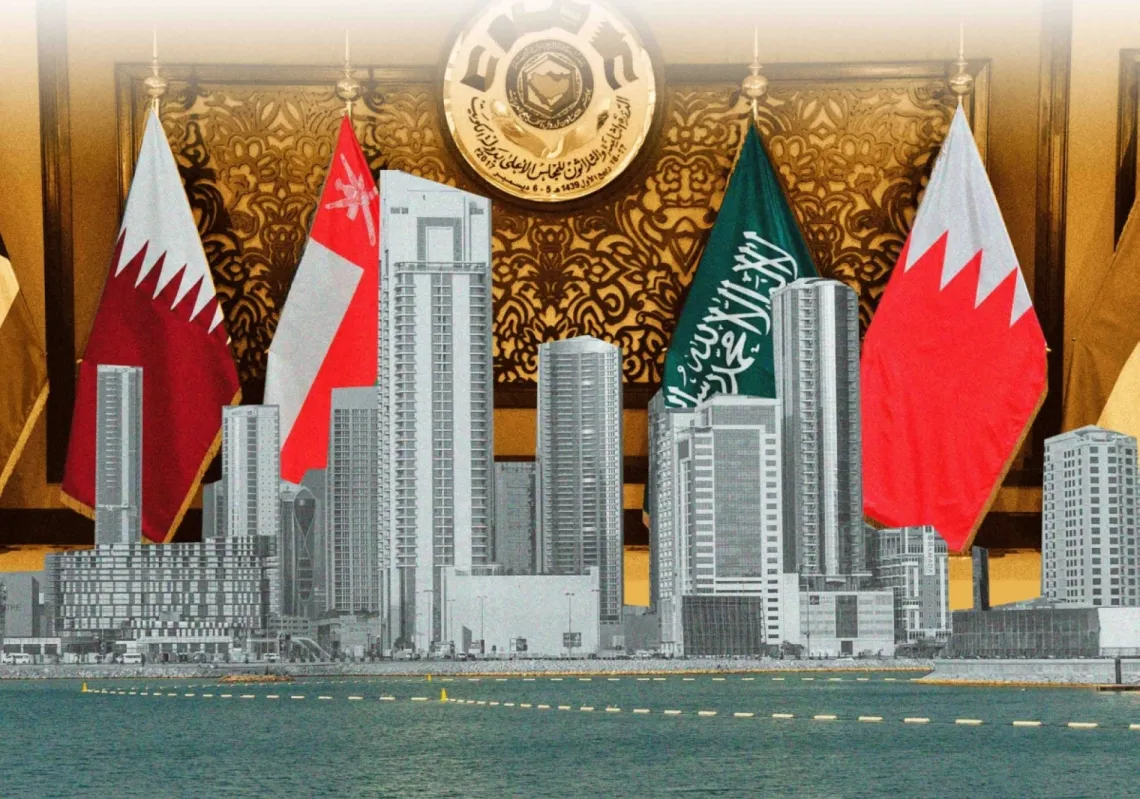India-Pakistan tensions reached a fever pitch after a 22 April attack in Pahalgam, a town in Indian-controlled Kashmir, a disputed region divided by a de facto border called the Line of Control. The countries have fought three wars over the territory.
Following the attack, both countries engaged in the most intense fighting in decades, with five days of escalating conflict, during which missile strikes, drone attacks, and deadly shelling struck on both sides of the border. The conflict struck deep into both countries, reaching major cities for the first time, and new weapons were tested.
However, a flurry of phone calls and diplomacy ultimately brought about a truce between the nuclear-armed neighbours and historic foes. But lingering tensions between India and Pakistan fuel concerns about the potential for nuclear war, as each country has nearly 200 nuclear warheads.
India has about 172, while Pakistan has roughly 170, according to data from the Arms Control Association. In 1998, India adopted a "no first use" policy for nuclear weapons, meaning it would only use them in retaliation, but has reconsidered it in recent years. Pakistan has no such policy.
A 2019 study co-authored by Rutgers University says that 100 million people could die immediately if the two countries engaged in nuclear war, and even more could die from mass starvation if the conflict were to trigger a nuclear winter.
While India's military budget and capabilities outstrip Pakistan's, the biggest concern was about the significant damage and massive casualties both countries' militaries could have inflicted in the event of a full-fledged war. Whether the fragile agreement between the nuclear-powered neighbours will hold remains to be seen, but much diplomatic capital has been invested to ensure that it doesn't.









